Why Your House Isn’t Selling: Key Factors to Consider
If you’ve been trying to sell your home and it’s still sitting on the market, it can be incredibly frustrating. There are many reasons why a home might not sell as quickly as expected, but the good news is that most of them can be addressed with the right strategy. Here are some of the most common reasons why your house might not be selling, and what you can do to turn things around.
1. Pricing Problems
One of the most critical factors in selling a home is setting the right price. Homes priced too high often languish on the market because buyers compare them with similar, lower-priced properties. Even in a hot market, overpriced homes are often ignored. Remember that buyers are well-informed, and the wrong price can make your home seem unattractive, even if it’s in perfect condition.
Solution: Consult with your real estate agent to get a comparative market analysis (CMA). This will give you a clear picture of what similar homes in your area are selling for and can help you price your property competitively.
2. Poor Condition
Curb appeal and the overall condition of your home play a significant role in the selling process. A home that appears run-down, outdated, or in need of major repairs can turn off potential buyers. Even small issues like a leaky faucet or outdated appliances can give the impression that the home hasn’t been well maintained.
Solution: Consider investing in minor repairs and cosmetic upgrades before listing your home. Simple things like a fresh coat of paint, updated fixtures, or a well-maintained lawn can make a huge difference in how buyers perceive your property.
3. Ineffective Marketing
Sometimes, the problem isn’t the house itself but the way it’s being marketed. If your home isn’t getting enough exposure, it’s unlikely to attract serious buyers. Ineffective listing descriptions, poor-quality photos, or not using the right platforms can all contribute to a lack of interest.
Solution: Work closely with your agent to create a comprehensive marketing plan. This should include professional photos, a detailed and compelling description, and exposure on multiple listing services (MLS), social media, and real estate websites. Staging your home for photos can also make a big impact, helping buyers imagine themselves living there.
4. Wrong Timing
The timing of your sale can greatly affect how quickly your house moves. Seasonal trends often influence the real estate market. For example, homes tend to sell faster in the spring and early summer when families are looking to move before the new school year begins. Listing your home during a slower time of year, like the winter holidays, might result in fewer interested buyers.
Solution: If timing is the issue, you may need to be patient or adjust your strategy. Work with your agent to understand your local market and determine the best time to list your home.
5. Location Challenges
Unfortunately, some factors are outside of your control. If your home is located in a less desirable neighborhood, next to noisy streets, or far from amenities, it could impact buyer interest. While you can’t change your home’s location, you can highlight its positive features to compensate.
Solution: Focus on your home’s unique selling points. Is it close to great schools? Does it have a large backyard or recent upgrades? Make sure your marketing highlights the aspects that will appeal most to potential buyers. Additionally, offering incentives like closing cost assistance could sway buyers who are on the fence.
6. Overlooked First Impressions
The first impression potential buyers get when they walk through your door is crucial. A cluttered, dark, or overly personalized space can make it difficult for buyers to envision themselves living there. Sometimes, sellers overlook the importance of neutralizing their space to appeal to a broader audience.
Solution: Declutter and depersonalize your home before showings. Remove excess furniture, pack away personal items like family photos, and focus on creating a clean, bright, and inviting space. Hiring a professional stager can help make your home more appealing to a wider range of buyers.
7. Limited Buyer Access
If your home isn’t readily available for showings, it could be limiting your chances of finding a buyer. Strict showing schedules, short notice requirements, or tenant-occupied homes can turn away interested buyers who have tight schedules of their own.
Solution: Try to be as flexible as possible with showings. The more accessible your home is, the more likely it is that potential buyers will come to see it. If you have tenants, work with them to establish a schedule that works for everyone.
Final Thoughts
Selling a home can be challenging, but understanding the reasons why your house might not be selling is the first step toward making necessary adjustments. By addressing pricing, condition, marketing, timing, and other factors, you can increase your chances of finding the right buyer. Collaborate closely with your real estate agent, stay open to feedback, and make any changes necessary to present your home in the best possible light.
#RealEstate, #HomeSellingTips, #HouseNotSelling, #RealEstateAdvice, #PricingStrategy, #HomeStaging, #SellMyHome, #MarketYourHome, #CurbAppeal, #HomeSelling


 Facebook
Facebook
 X
X
 Pinterest
Pinterest
 Copy Link
Copy Link


